
Why are there differences between Te Tiriti o Waitangi and the Crown’s English-language version and what did Māori intend in entering into the Treaty agreement?
Note: We use ‘the Treaty of Waitangi’ and ‘te Tiriti o Waitangi’ interch...

Note: We use ‘the Treaty of Waitangi’ and ‘te Tiriti o Waitangi’ interch...

Note: We use ‘the Treaty of Waitangi’ and ‘te Tiriti o Waitangi’ interch...
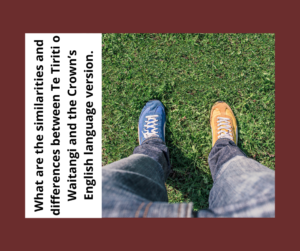
Note: We use ‘the Treaty of Waitangi’ and ‘te Tiriti o Waitangi’ interch...

In the first decade of the 19th century northern Rangatira established Te Wakami...

The Māori Option was introduced in 1975 to permit Māori to choose – for a fe...

British voting restrictions were included in the 1852 Constitution Act, i.e. onl...

The UN Declaration brings indigenous peoples’ rights, both collective and indi...
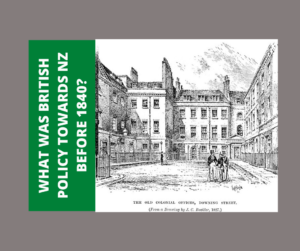
Until the 1830s the British policy towards New Zealand was one of reluctance to ...
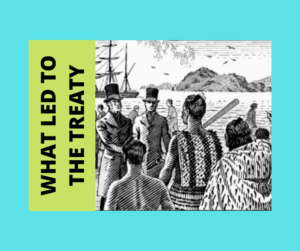
Before the Treaty, Māori had long been concerned about the lawlessness of numbe...
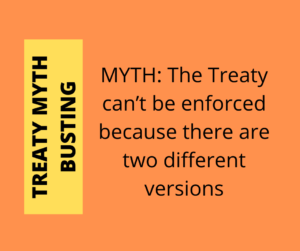
There are definitely conflicts in the two documents: The Treaty in te reo ...
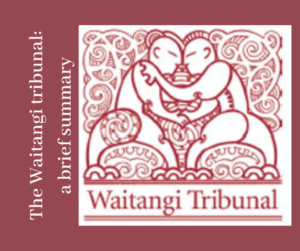
The Waitangi Tribunal was established by the Treaty of Waitangi Act 1975. It was...

Stimulated by the rangatira Te Pahi, northern leaders began meeting from about 1...
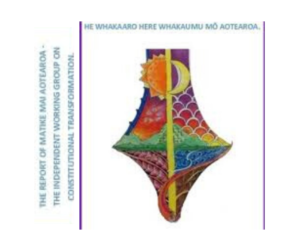
Matike Mai Aotearoa, the Independent Working Group on Constitutional Transformat...
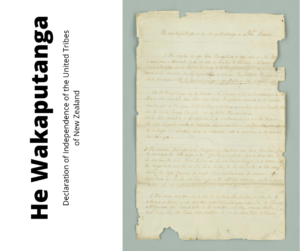
What is the Declaration of Independence? Is an international declaration of sove...

A treaty is a legally binding international instrument agreed to and signed by t...